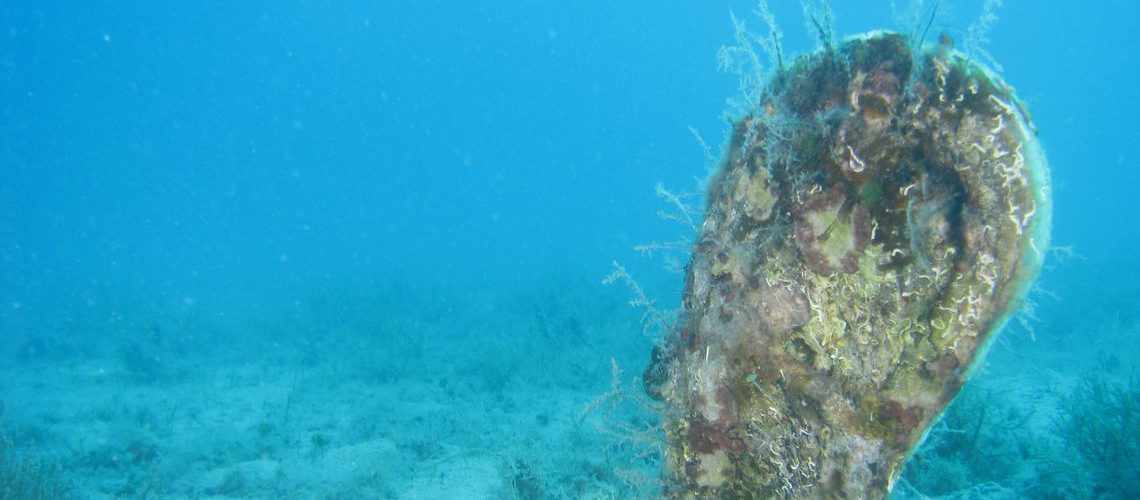
Posjetili smo Park prirode Telašćica početkom prosinca 2018. godine kako bismo provjerili stanje periski koje se suočavaju s opasnom prijetnjom. Plemenita periska je endemski i najveći školjkaš Mediterana, te može narasti do 120 cm u visinu. Rasprostranjena je u čitavom Jadranu na sedimentnom dnu plitkih priobalnih područja, a mnogi od nas poznaju je pod različitim imenima: lostura, loščura, palastura. Ekološka uloga ove vrste je od iznimne važnosti zbog toga što filtrira i zadržava velike količine organske tvari iz suspendiranog detritusa što doprinosi povećanju prozirnosti morske vode. Uz to, pruža brojnim algama, spužvama, mnogočetinašima, mahovnjacima i ostalim beskralješnjacima tvrdu podlogu za kolonizaciju u područjima mekog morskog dna. Stoga na periskama često vidimo veliko bogatstvo života šarenih organizama. Unutar njih također se nalaze mali račići koji s periskom žive u simbiozi. Osjetljiva je na zagađenje i onečišćenje mora, mnoge jedinke stradaju sidrenje, a još uvijek je prisutno i ilegalno vađenje jedinki radi...
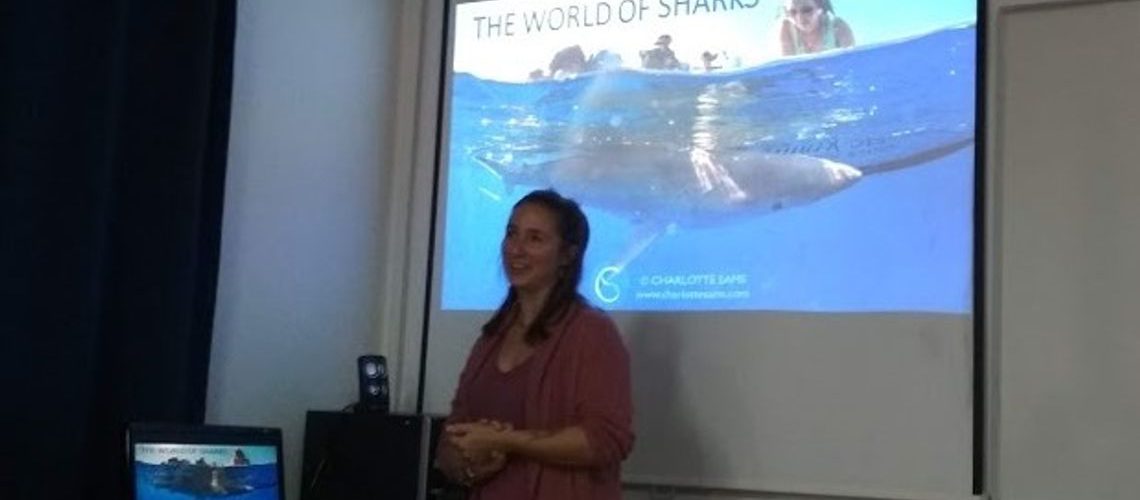
by: Carolina DelaHoz Schilling I stumbled upon the EVS program by coincidence one day when I was on the hunt for a job or an internship and I remember reading the project description and thinking: “That’s it. That’s what I will do.” And I was right! I arrived in Croatia mid-June, completely stomped by the heat wave that hit me when I stepped out the airplane, to commence a five month long internship with a marine conservation NGO called “The Marine Explorers Society – 20000 Leagues” that basically runs (mostly) as a two person operation: Hrvoje, founder and principal researcher of the organization, and Barbara, his right hand and partner in crime. On my first day we traveled to an island off the south coast of Croatia called Mljet where we would spend two months working together with another international environmental organization called Operation Wallacea. They operate as an educational...
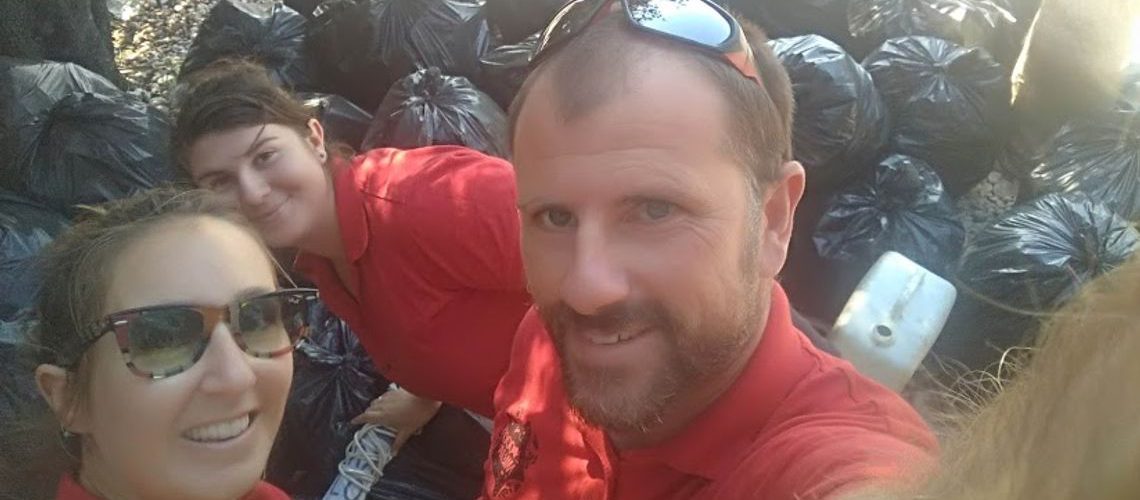
by: Carolina DelaHoz Schilling The island of Silba is somewhat of a legend. The fact that we were going to spend two weeks there was causing some serious excitement amongst us and for good reason: Besides enjoying some of the more beautiful and peaceful views in Croatia, we were going to host two groups of students (BIUS) from the University of Zagreb to undertake some research and to go diving. Our preferred combination. Even though proper fall temperatures had finally reached this corner of the world and Bura was causing us some head scratching, we managed to squeeze in our whole program: Daily dives in search for even the most well hidden organisms off the “three reefs”, three tiny islands near Silba that are planned in as future Marine Protected Areas, research dives testing a protocol named “Squid Pop” in order to monitor predatory pressure near the coast of Silba....
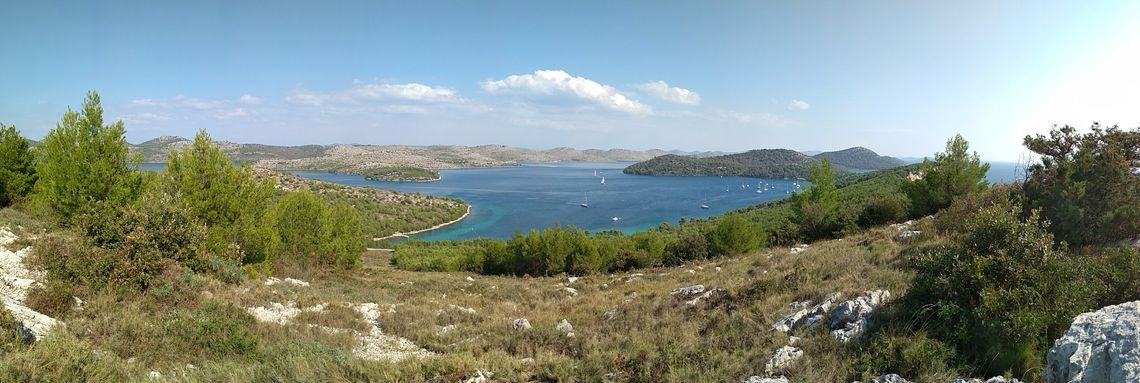
by: Carolina DelaHoz Schilling Next research adventure (check Part 1: Mljet) took place on yet another island - Dugi otok… But of course, if there is anything you will never get enough of, it’s Croatian islands! This time we returned to the Nature Park of Telašćica, where our organization has been conducting research on the local Pinna nobilis population, also known as the nobel pen shell, since 2014. Noble pen shell on one of many research sites in Nature Park Telašćica The team, composed of a total of 8 people, arrived at site past sunset. Therefore, the first challenge was putting up tents in the dark whilst frantically scratching all exposed body parts being attacked by relentless mosquito swarms. During the first three days we focused on cleaning activities inside a small bay that had been strongly affected by abnormally heavy rains in the previous fall. A flood had washed...
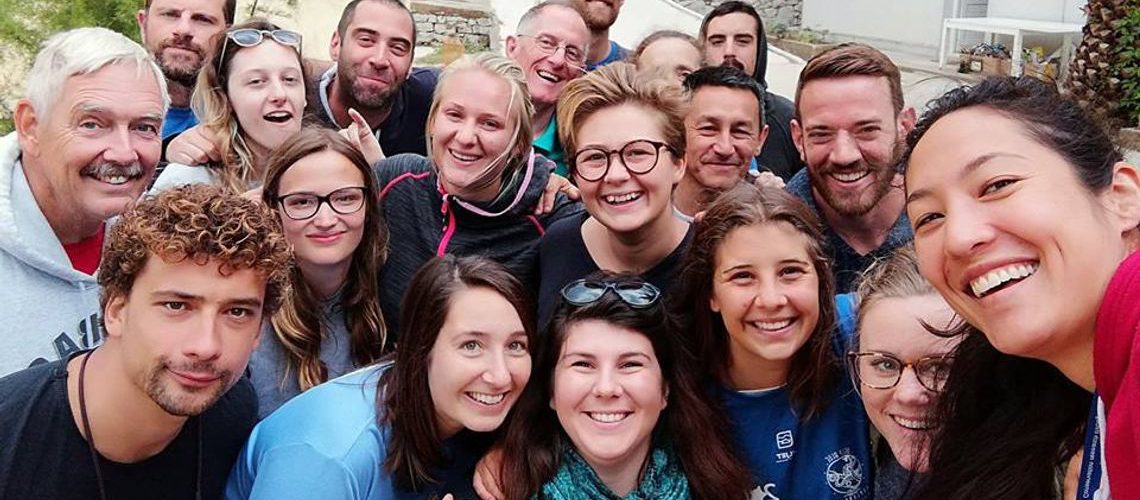
by: Carolina DelaHoz Schilling The summer season for 20000 Leagues started off with some underwater science and marine education for international students coming to Croatia through Operation Wallacea, one of our partner organizations. Base camp was established in the national park on the island of Mljet, at an old military base, where there would be enough space to accommodate around 30 students weekly and 20 staff members, from cooks, diving instructors and scientists to managers. After spending the first week lifting, carrying and moving about a million things (close estimation) as well as trying to build a diving shed from scratch and feeling like construction workers, the team had definitely bonded over sore muscles and tired feet. Dive shed in making, Kulijer base The first group of students arrived just in time to see everything in perfect shape and with our science team eager to start collecting data and imparting...
2025 © Društvo istraživača mora 20000 milja. Sva prava pridržana.
